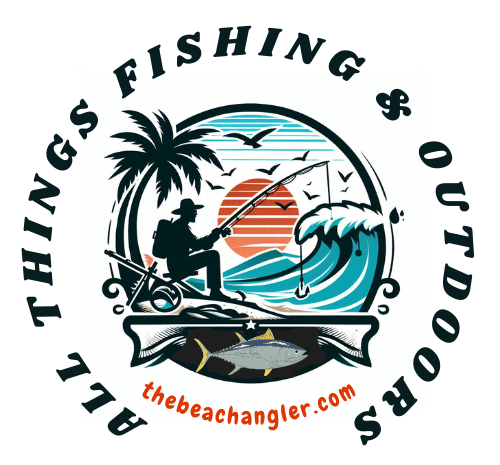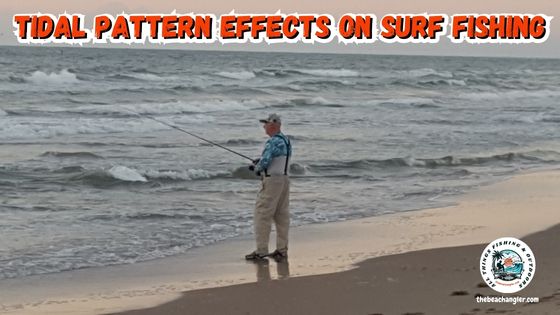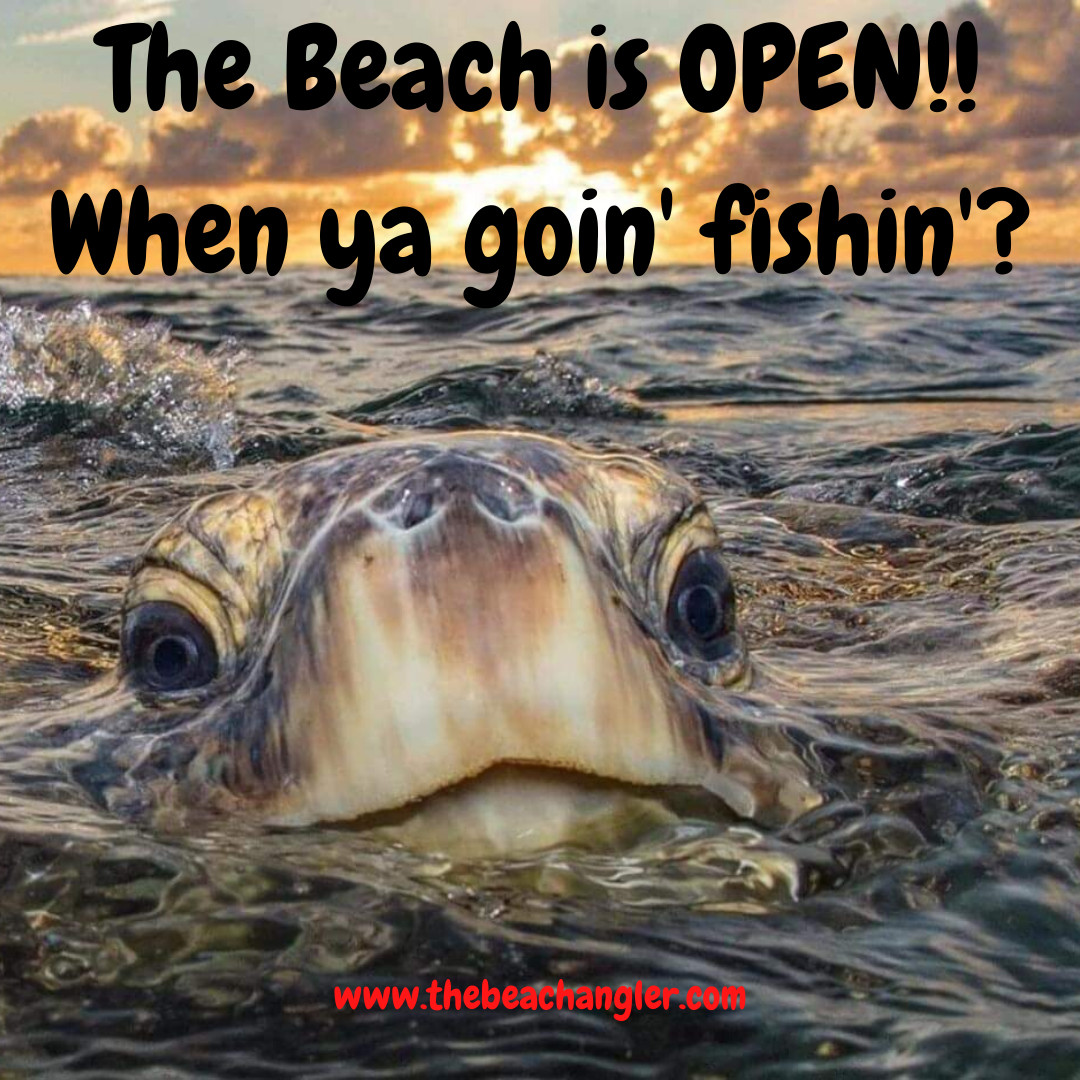Tidal patterns: they’re the rhythmic rising and falling of sea levels, a dance orchestrated by the gravitational pull between Earth, the moon, and the sun. Yet, there’s more to tides than just the gravitational tango. Earth’s rotation, the shape of the coastline, and the depth of the ocean play pivotal roles as well.
QUICK LOOK The Impact of Tides on Surf Fishing
Tides can have an enormous impact on your surf fishing success. Tidal movement creates structures like troughs, guts, rips and currents that attract and hold fish. The moving water also pushes baitfish, uncovers crabs, shellfish and other forage species. High tide typically brings predators in closer to the beach, while low tide concentrates fish in deeper troughs and holes. Learn to read tide charts and use tide apps to focus your fishing on the best times for your area.
Tides morph through different forms worldwide: semidiurnal tides with two highs and two lows each day, diurnal tides with a single cycle of high and low, and mixed tides that blend both patterns. Each can affect coastal environments and marine activities differently.
Now, for surf fishing enthusiasts, there’s a significant connection between these tidal movements and your angling success. Getting a grip on tidal patterns is akin to unlocking a new level of strategy for your coastal fishing endeavors.
How Tides Affect Surf Fishing
Surf fishing’s success hinges on understanding the intimate dance between the ocean’s tides and marine life behavior. Tides affect not only the physical environment of coastal areas but also dictate the feeding and migration patterns of fish.
During high tide, fish often move closer to shore to feed on the smaller organisms that flourish in the shallow waters. For surf anglers, this period can be opportune for casting lines. Conversely, low tides can expose structures like sandbars and rock formations, offering knowledge about potential hotspots once submerged.
Understanding the connection between tides and surf fishing isn’t just about more successful catches; it’s also about safety. Strong tides can create hazardous conditions, and it’s imperative for anglers to grasp how tidal phases can influence ocean currents.
This knowledge isn’t just academic. Applying tidal information effectively means hitting the beach when the conditions are more likely to yield a good catch. That requires a grasp of how to read tide charts and transform that data into actionable insights for timing your fishing trips.
Reading the Tides for Surf Fishing
Understanding how to read tide charts is essential for a successful surf fishing expedition. What you’re looking for is the timing of high and low tides, which influence the movement and feeding patterns of fish near the shore.
During high tides, water reaches further up the beach and allows you to fish in spots usually inaccessible. Conversely, low tides can reveal structures like rock formations and sandbars where fish might gather. The moon phase can also have a significant effect on tides.
Remember, it’s not just about high and low tides. The periods of rising and falling water, known as the flood tide and ebb tide, also play a critical role. The beginning of incoming tides, or flood tide, can trigger a feeding frenzy as fresh nutrients are churned up, while the start of dropping waters, or ebb tide, can concentrate fish as they follow retreating waters.
Moreover, anglers should closely observe the slack tide, the brief period when water is neither rising nor falling. While it’s often a time when fish bite less, it can also be a moment for strategic positioning before the next movement of water brings renewed activity.
Implement technology to your advantage as well. Apps and websites offer real-time tide data and predictions, helping you to choose the best times and spots for your fishing excursions. Confirming your on-site observations with digital predictions is a modern-day angler’s game changer.
When planning your surf fishing trips, it’s crucial to adapt your strategies to these tidal phases. Flood tides might favor topwater lures due to increased water depths, while ebb tides can make bottom fishing more productive as fish seek food in decreasing water levels.
Now, let’s take a closer look at how the extremes of tidal patterns can impact the coastal ecosystems you’ll be fishing in.
Impact of Tidal Extremes on Surf Fishing and Coastal Ecosystems
When you’re surf fishing, it’s not just about casting a line; it’s also about understanding the environment around you. Tidal extremes, indicating unusually high or low water levels, play a pivotal role in shaping coastal marine habitats. These fluctuations can affect the distribution of baitfish and predators, directly influencing your fishing outcomes.
High tides often bring an influx of water rich in nutrients, which encourages the growth of estuarine plants and the accumulation of baitfish. This cascade effect can lead to increased fish activity, presenting prime conditions for surf anglers to target game fish. By syncing with these high-tide periods, anglers stand a better chance of a successful catch.
Conversely, low tides can expose hidden structures, such as oyster beds, rock jetties, and sandbars, which are hotspots for fish seeking shelter or foraging for food. While these conditions might require more precision in casting, they offer unique opportunities for catching fish that might otherwise be inaccessible.
Severe tidal changes, such as during storm surges or king tides, add another layer of impact. These events can alter coastal landscapes dramatically, sometimes affecting fishing spots for the long term by changing underwater topography or relocating fish populations.
So, how do you stay ahead of these impactful changes? It boils down to diligent monitoring of tidal predictions and recognition of the patterns specific to your local fishing spots. Building this knowledge will serve you in the long run, not just for a single fishing outing.
Key Takeaways on The Impact of Tides on Surf Fishing
The influence of tides on surf fishing is undeniable. Staying updated with weather patterns and having a deep understanding of the local tidal movements gives you an advantage. Always remember to remain aware of your environment and follow safe fishing practices.
As you adapt and learn from each trip, you’ll find your surf fishing skills improving steadily. Don’t worry too much about getting it perfect on the first try; experience is a great teacher in this fascinating pursuit.
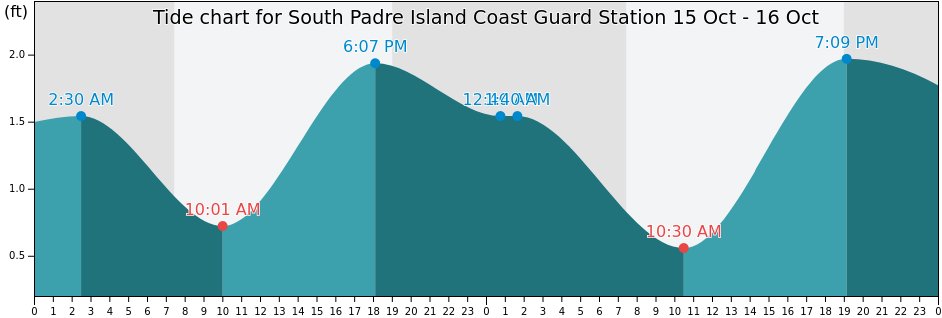
Understanding tidal patterns is essential if you want to make the most of your surf fishing experiences. Knowing when to hit the beach can make a significant difference in your catch rate. Have you any interesting experiences with tidal patterns while surf fishing? I’d love to hear your stories and how tidal patterns played a role. Feel free to share in the comments below.
As always, stay safe, enjoy the journey and please try to leave it cleaner than you found it. If you have any comments, questions, ideas, or suggestions please leave them in the comment section below and I’ll get back to you ASAP. You can follow us on Facebook: Rex The Beach Angler, Instagram: thebeachangler7, Twitter: @AnglerBeach, and YouTube: Man Art Creations.
See The Latest Tips and Tactics:
- Using a Personal Watercraft For Saltwater Fishing
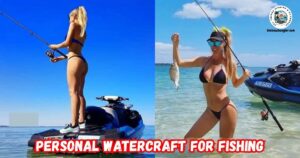
- 7 Standout Features of The Lew’s Custom Inshore Spinning Reel
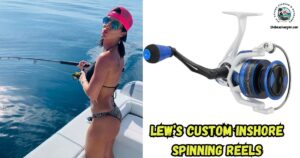
- How Important Is Color When Choosing A Saltwater Fishing Lure
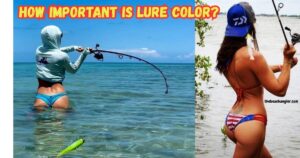
- Inshore Fishing: 10 Common Gamefish You Can Target
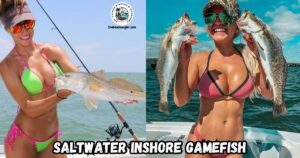
- Understanding Tides And How They Affect Your Inshore Saltwater Fishing Adventures
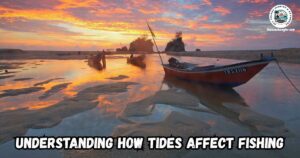
- Saltwater Fishing For King Salmon: 4 Top Strategies.
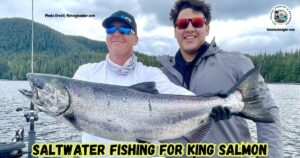
P.S. – Thanks so much for checking out our blog we really appreciate it. Just so you know, we may receive a commission if you click on some of the links that appear on our site. This helps us keep our content free and up-to-date for everyone. We appreciate your support!
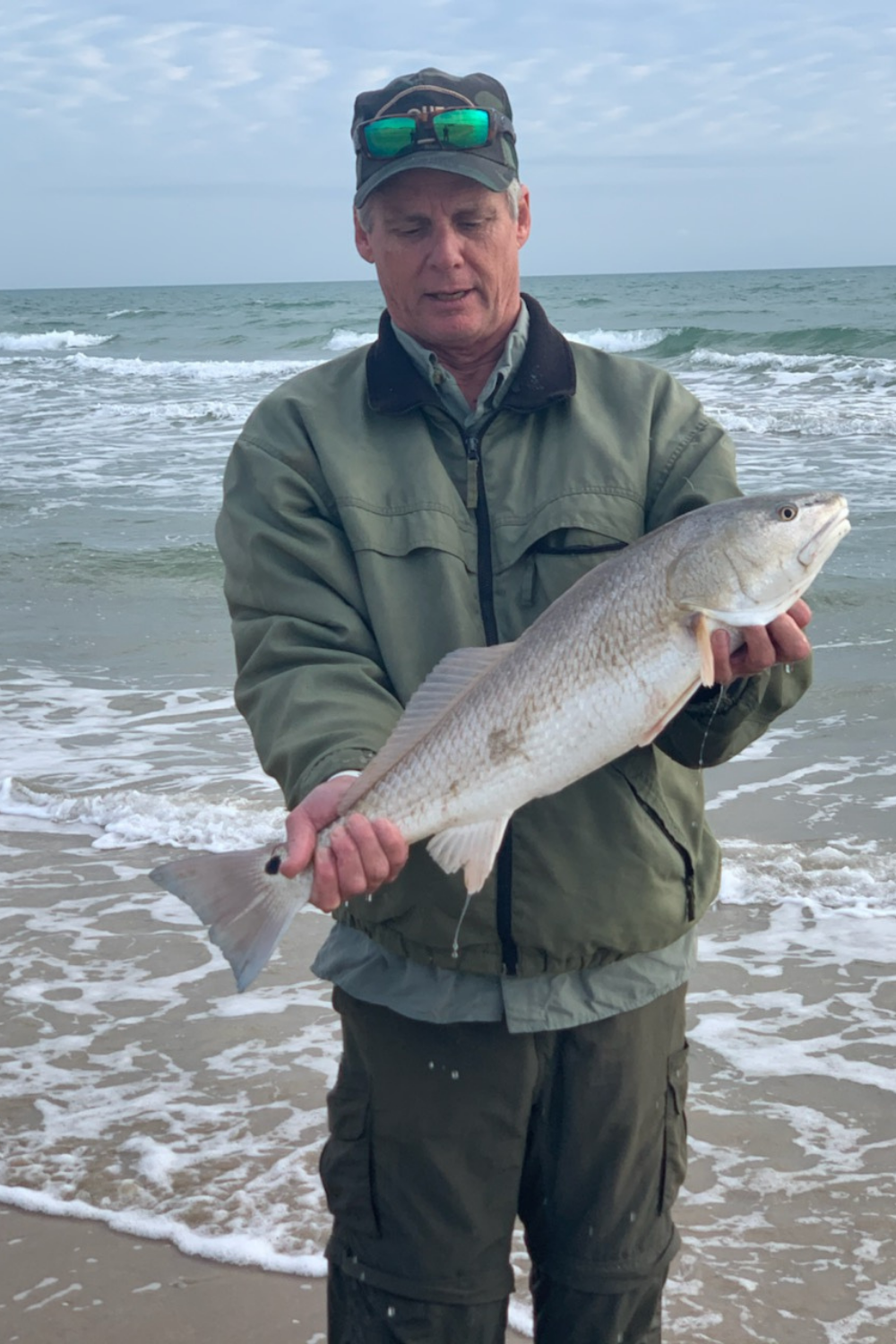
A life long surf fisherman with 50+ years of experience, I am also an avid hunter and outdoorsman. I will be sharing my passion for the outdoors with you so be prepared for hunting, fishing, camping, hiking and more. Along with gear reviews and the latest trends and innovations in the outdoor industry.
